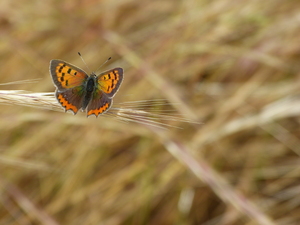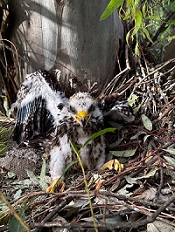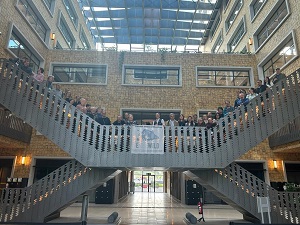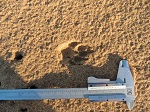145.3 l/m2 have been collected during March, mostly during Easter, according to ICTS-Doñana data. Rains come late for wintering, but will still be useful for waterfowl breeding
The annual hydrological cycle, which runs from September to August, has already accumulated a precipitation of 404.4 l/m2. This exceeds that of the three previous years at this time, but still does not reach the historical average per cycle, which exceeds 500 l/m2.
During March, the Palacio de Doñana weather station, in the heart of the National Park, recorded 145.3 l/m2 of precipitation, most of which was concentrated during the last days of the month, coinciding with Easter Week. The ICTS-Doñana data indicate that, at this point in the hydrological cycle, which is calculated from September to August, a total of 404.4 l/m2 has been collected.
Although the current hydrological cycle is not closed, the accumulated precipitation is already above that recorded in the last three cycles, when precipitation data were well below the historical average, which is above 500 l/m2. More rain would be needed during the spring to reach the historical average.
Normally, rainfall in Doñana is concentrated in autumn and winter, but this year it has come later. This March has been the second wettest since records have been kept. However, during this hydrological cycle, rainfall during the previous months has been quite scarce and has caused very low figures in waterfowl censuses during the wintering season.
Efecto en las marismas y en las lagunas
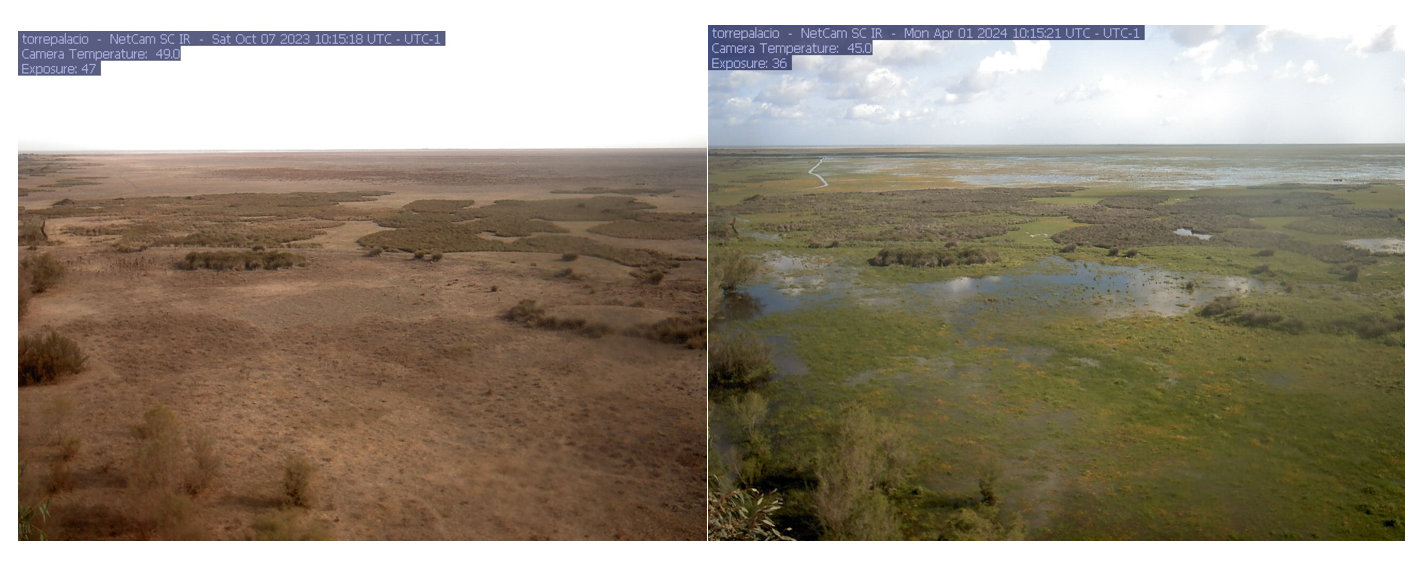
On the left, view from the tower of the Doñana Palace on October 7, 2023. On the right, same views on April 1, 2024.
These last rainfalls have allowed the largest ponds such as Santa Olalla, El Sopetón or La Dulce to be almost completely flooded. The flooding of this spring comes in time to allow a growth of vegetation, favoring the breeding of waterfowl, mainly species such as coots, swamphens, grebes, stilts and herons.
The ICTS-Doñana's automatic sensors have been detecting flooding of 38 cm in Honduras del Burro, 32 centimeters in Resolimán, and slightly less than 5 cm in Cancela Millán. However, there are still areas of the marsh that have not flooded. The effect of the rains can be observed through the cameras that ICTS-Doñana has installed in the reserve and can be seen live on the web at https://streaming-camaras.ebd.csic.es/ .
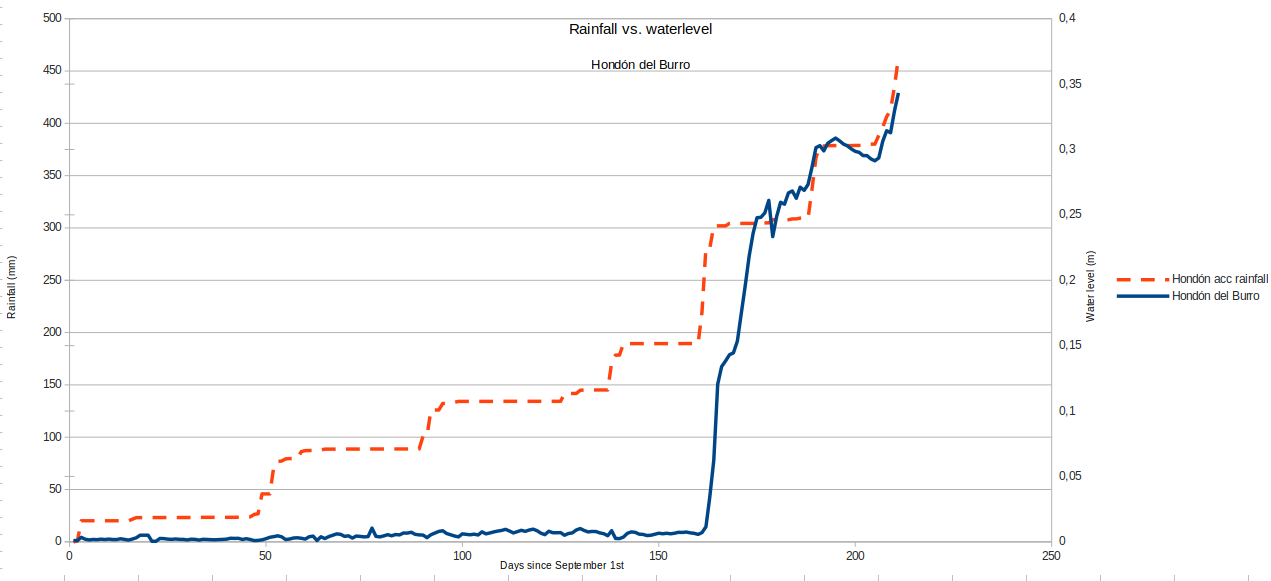
Comparison of accumulated rainfall data in a rain gauge at the Honduras del Burro station, with the flood level. Rainfall above 200 mm is necessary for this area of the marsh to begin to have surface water. Graph elaborated with data from ICTS-Doñana
Doñana had below-average rainfall for more than ten years, which evidences an almost structural drought problem. During the last three years, rainfall has been especially scarce, which has left very worrying data on the state of vegetation and biodiversity in Doñana, as revealed in the latest report on the "State of biodiversity in Doñana" presented by ICTS-Doñana last February.
In view of this situation, the ICTS-Doñana maintains a situation of expectation and caution. "The rains have partially alleviated the most immediate drought problems, but they do not solve the invisible problem of groundwater overexploitation. We will have to wait for the evolution of rainfall and temperatures in the coming months to assess their overall effect," says Javier Bustamante, researcher at the Doñana Biological Station and deputy director responsible for the ICTS-Doñana.
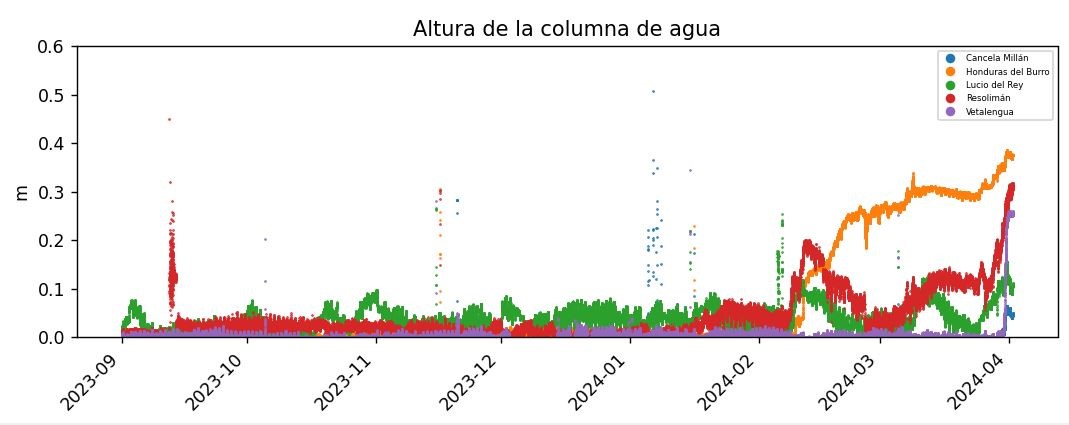
Medidas de nivel registradas en los sensores automáticos de la ICTS-Doñana desde septiembre. El Lucio del Rey presenta inundación todo el año debido a que funciona con aportes mareales. Hay zonas de la marisma, como Cancela Millán, que aún no se han inundado. Gráfico elaborado con datos de la ICTS-Doñana
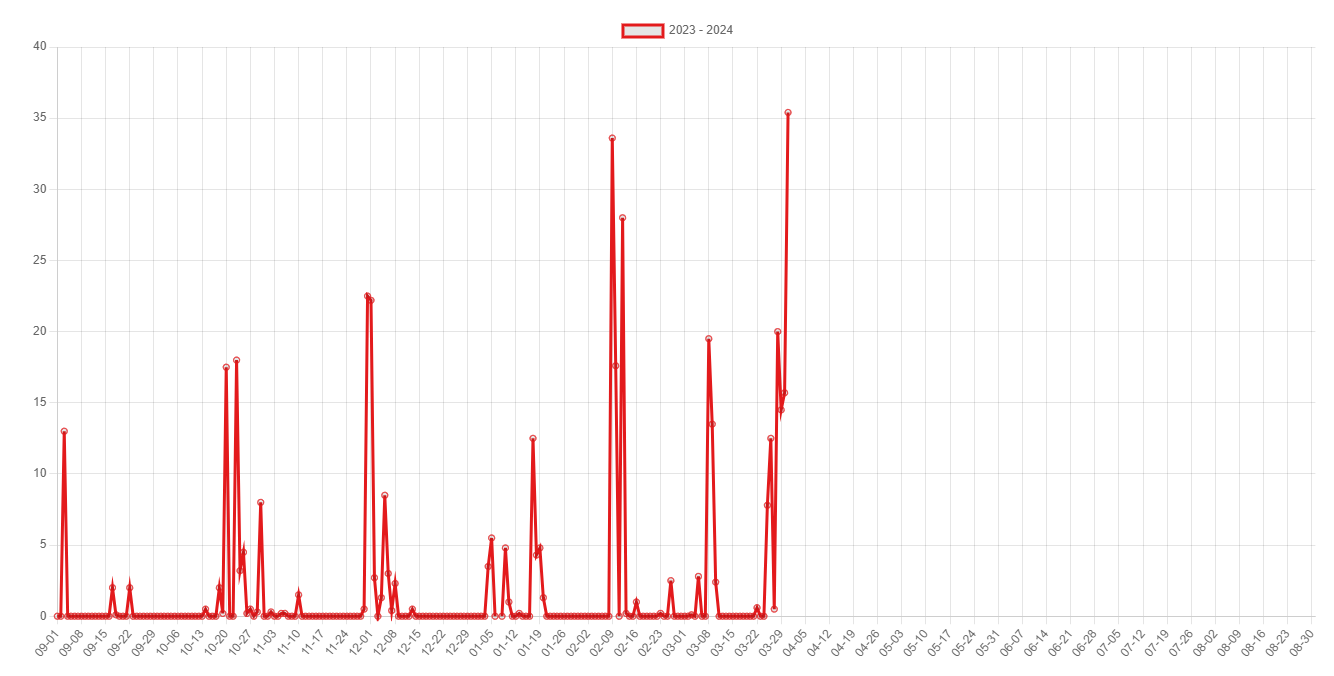
Precipitaciones diarias registradas durante el actual ciclo hidrológico, que abarca desde septiembre de 2023 hasta agosto de 2024. Crédito: ICTS-Doñana


 Las lluvias de Semana Santa alivian Doñana, pero se necesitan más precipitaciones esta primavera
Las lluvias de Semana Santa alivian Doñana, pero se necesitan más precipitaciones esta primavera
